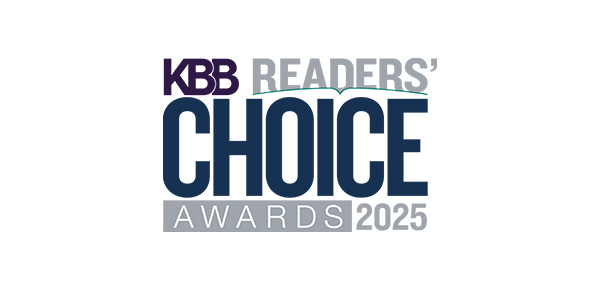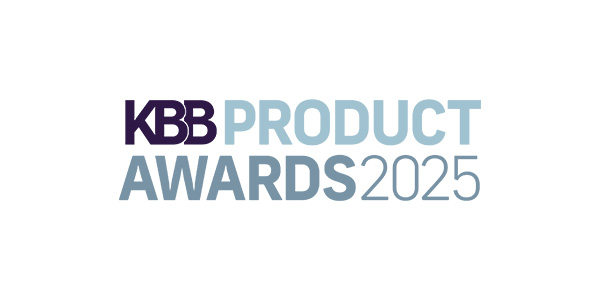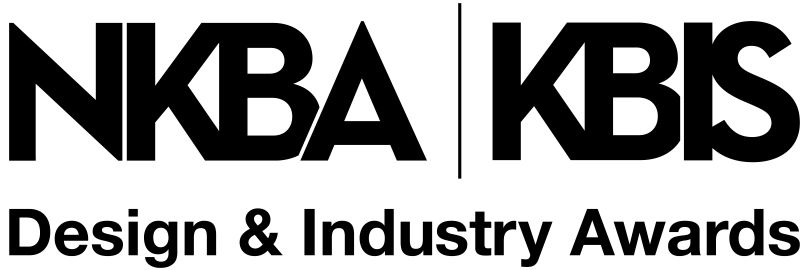Kitchen and bathroom interior design trends can typically be tracked and predicted based on the population’s general feeling toward the economy, especially following an election. With rising inflation and material costs, homeowners are leaning toward budget-friendly choices that focus on durable, sustainable materials and maximizing functionality in smaller spaces. In the kitchen, this might mean choosing affordable yet long-lasting countertops, cabinets and energy-efficient appliances, while in the bathroom, water-saving fixtures and easy-to-maintain surfaces become priorities. Focusing on cosmetic changes and updates that are easily reversible are also popular during election times because these design elements can be repeatedly swapped and redone to reflect changing preferences.
Healthy Choices
Personalization and wellness also heavily influence design decisions in these spaces. Many opt for calming, earthy tones and incorporating natural materials, such as wood and stone, to create serene, stress-reducing environments. We have seen the rise of spa-like bathrooms and kitchens that support entertaining, as human connection and strong community ties are key to mental health and wellness. Biophilic design elements like plants and ample natural light are also becoming popular in both kitchens and bathrooms to enhance well-being. The combination of cost-conscious strategies, sustainability and neutral color palettes reflects how designers respond to economic pressures while prioritizing emotional comfort and practicality in these essential rooms.
Modest Updates
During the pandemic, the interior design industry shifted heavily toward wellness and the concept of bringing the outdoors in, to cultivate a connection to nature and improve mental health. Relaxing color palettes and natural materials were used to create a sense of calm, balancing out the chaos of the outside world. Small decor items and easy home improvements were also sought after to refresh interior spaces and create a sense of newness in a time when most people experienced the same routine day after day. Many people invested in their bedding and linens as means of small, everyday luxuries that drastically improve their quality of life. These updates are also low-risk and are easy to reverse or change should their tastes change or they want to sell their home.
Consumer Confidence
When people feel more confident in the economy, they tend to take on the risk of investing in their homes and making bigger purchases. The builder-grade bathroom they inherited when they bought their home might finally see an update, with homeowners tailoring the colors, materials, layout and design aesthetic to their own tastes. Here is also where we see the trend of high-quality and sustainable materials coming into focus since consumers want to know that their investment will last with minimal repairs or upkeep. This can be applied to high-end appliances and furniture, as well as luxury materials such as flooring and countertops.
Color Candidates
As the global economy and political climate continue to shift, a noticeable trend has emerged in kitchen and bathroom interior design: Neutral color palettes become more popular during times of uncertainty. Homeowners often turn to calming shades like beige, gray and warm whites when they seek stability, reflecting a desire for serene, timeless spaces. In kitchens, neutral tones for cabinetry, countertops and backsplashes create a clean, versatile look that feels modern yet classic. Similarly, in bathrooms, soft gray tiles, white fixtures and subtle beige accents foster a soothing atmosphere, which can be especially appealing during chaotic times. The industry sees an upward trend in loud patterns and bold colors during more stable and certain economic eras but is replaced with these subdued palettes in times of general instability. Kitchens and bathrooms designed in neutral tones offer a blank canvas, allowing future homeowners to personalize the space with minimal effort and investment, ensuring the design remains attractive and adaptable over time.
Ultimately, the economy and general outlook of the country following an election year is one of the strongest, most reliable indicators for kitchen and bath interior design trends. During periods of uncertainty, such as after elections or in times of inflation, homeowners tend to gravitate toward practical, budget-conscious choices that focus on durability and functionality. This often includes the use of sustainable, higher-quality materials and neutral color palettes that provide emotional comfort and long-term value. At the same time, wellness-driven design, including biophilic elements and calming tones, becomes more popular as people seek to create tranquil, stress-reducing environments at home.
Consumer behavior also shifts by this sentiment and there is often a renewed focus on investing in high-quality, long-lasting materials that add value to homes. Neutral palettes, in particular, are favored during uncertain times for their versatility, timelessness and broad appeal, making them ideal for both personal satisfaction and potential resale value. Interior design trends continue to reflect the economic and emotional needs of homeowners, responding to their desire for comfort and stability in their homes when they cannot be found externally.
—By Anna Polkowska Reifler, studio manager and senior designer at Stacy Garcia Design Studio








